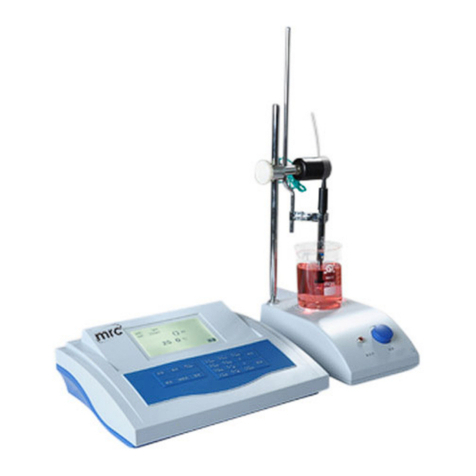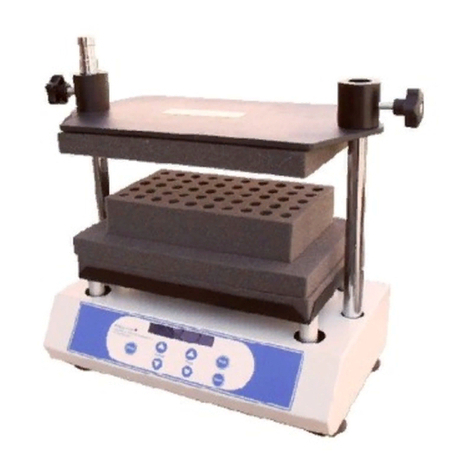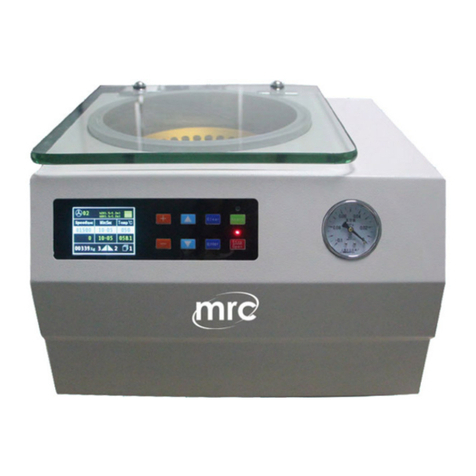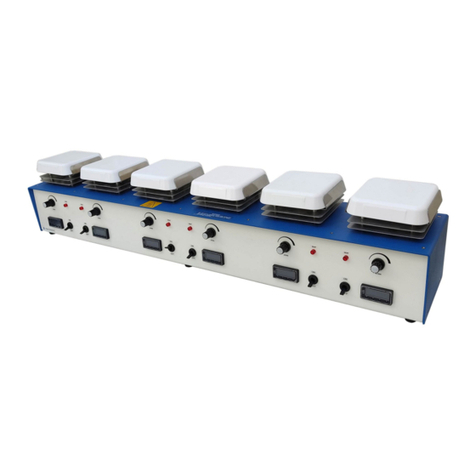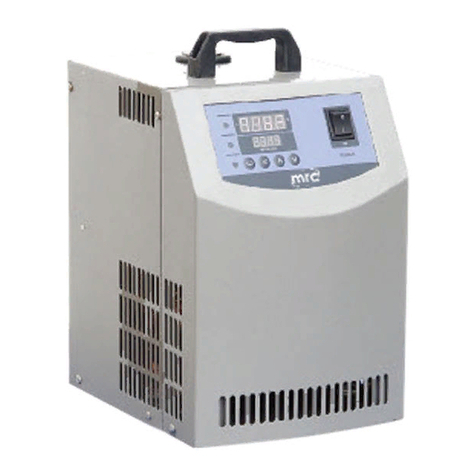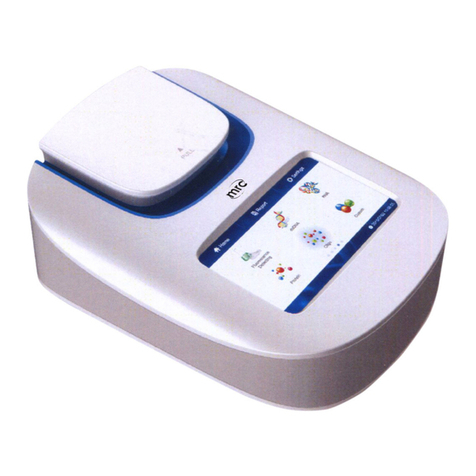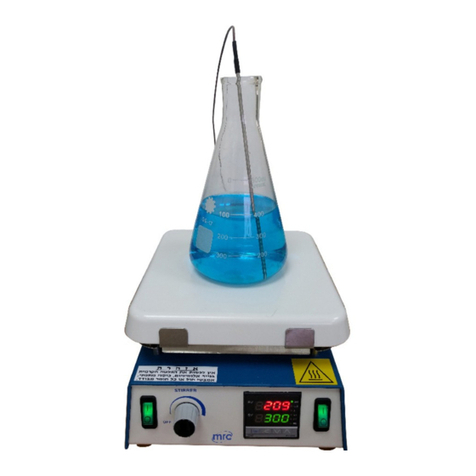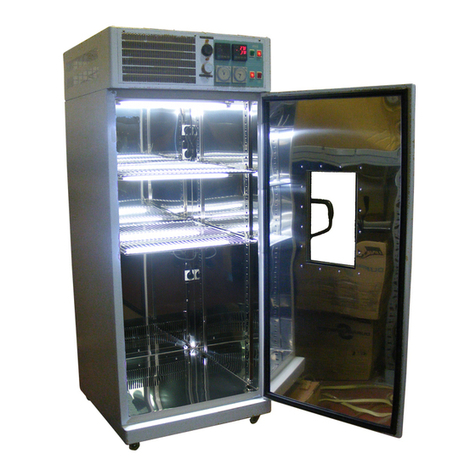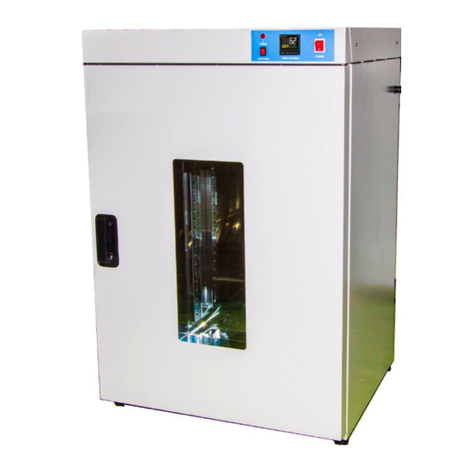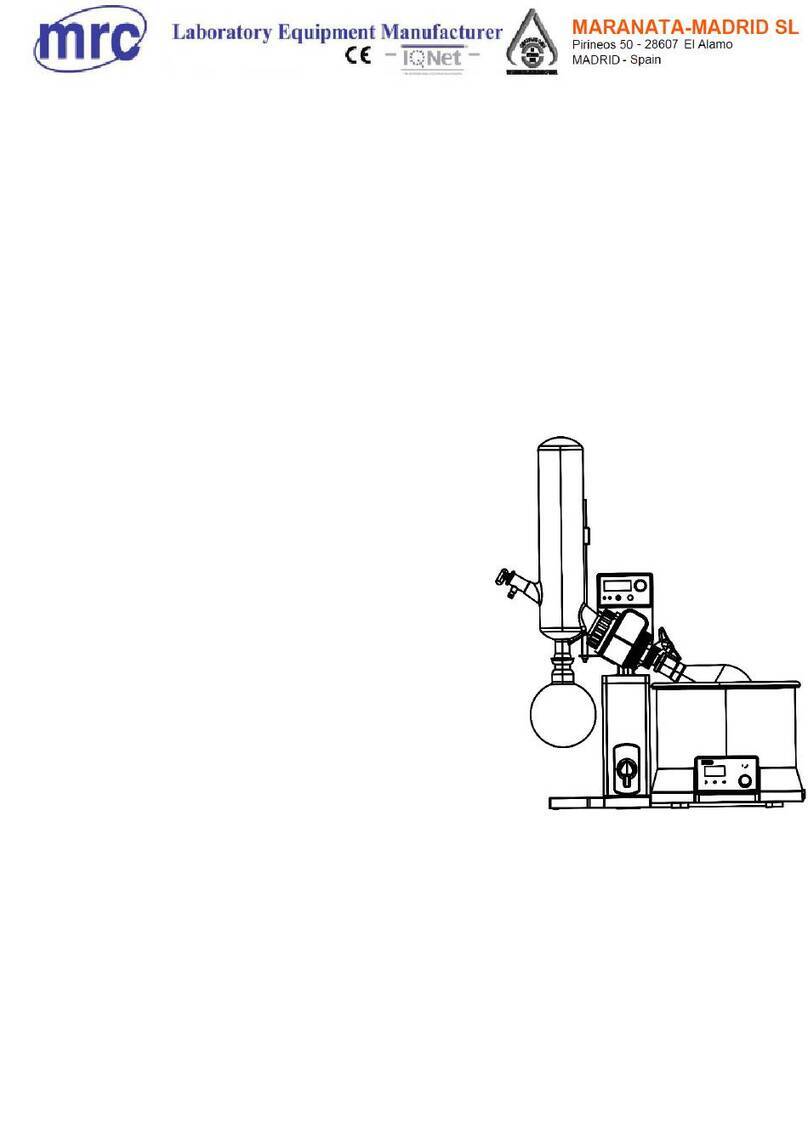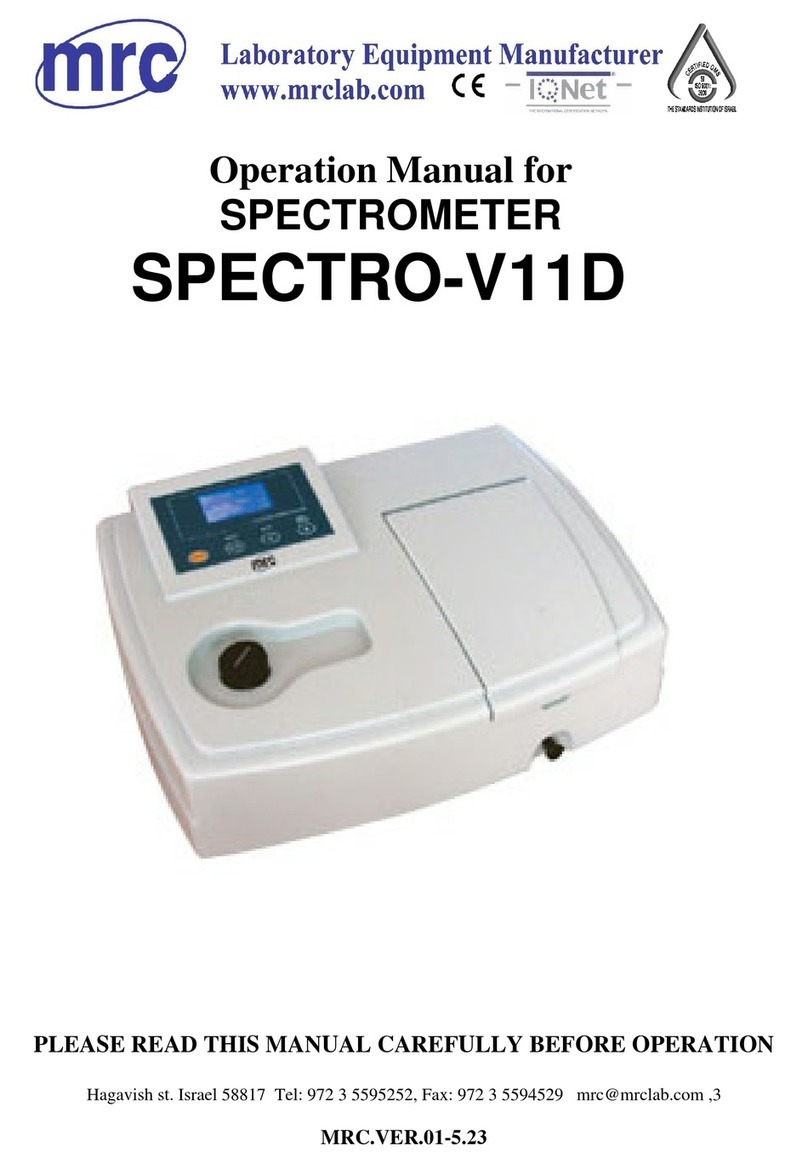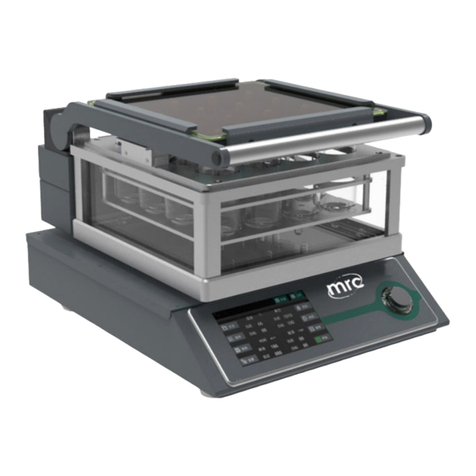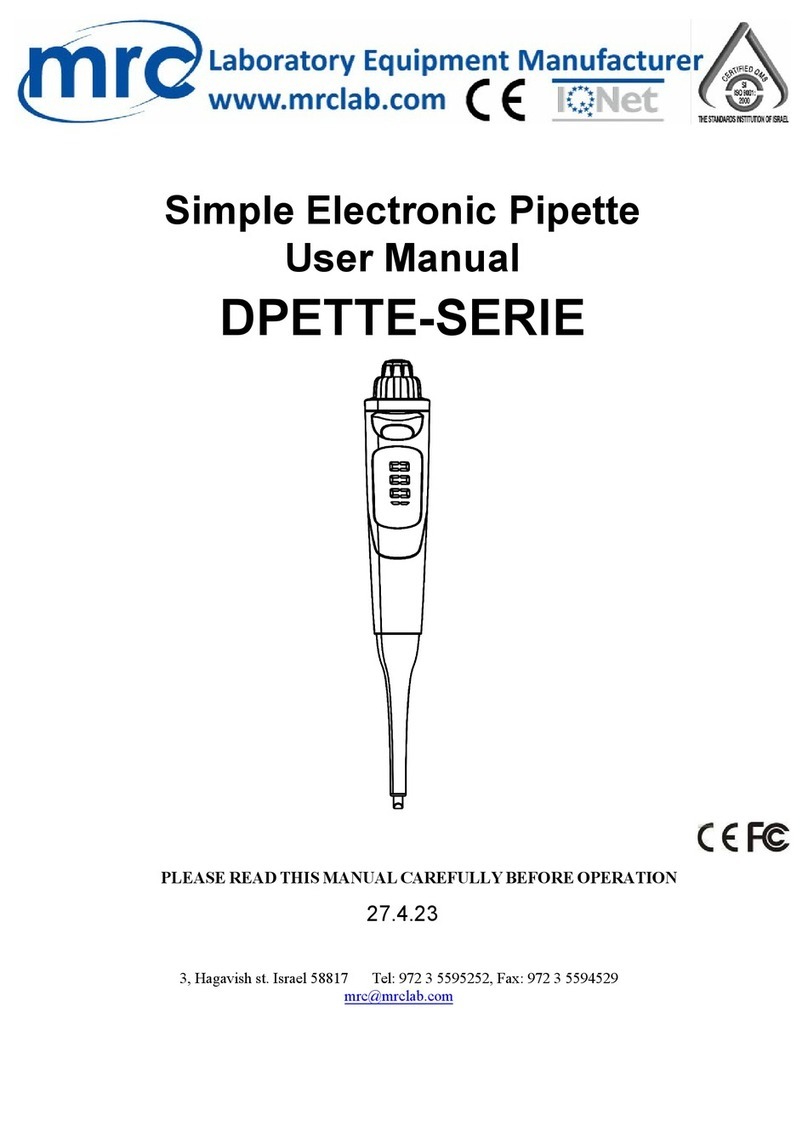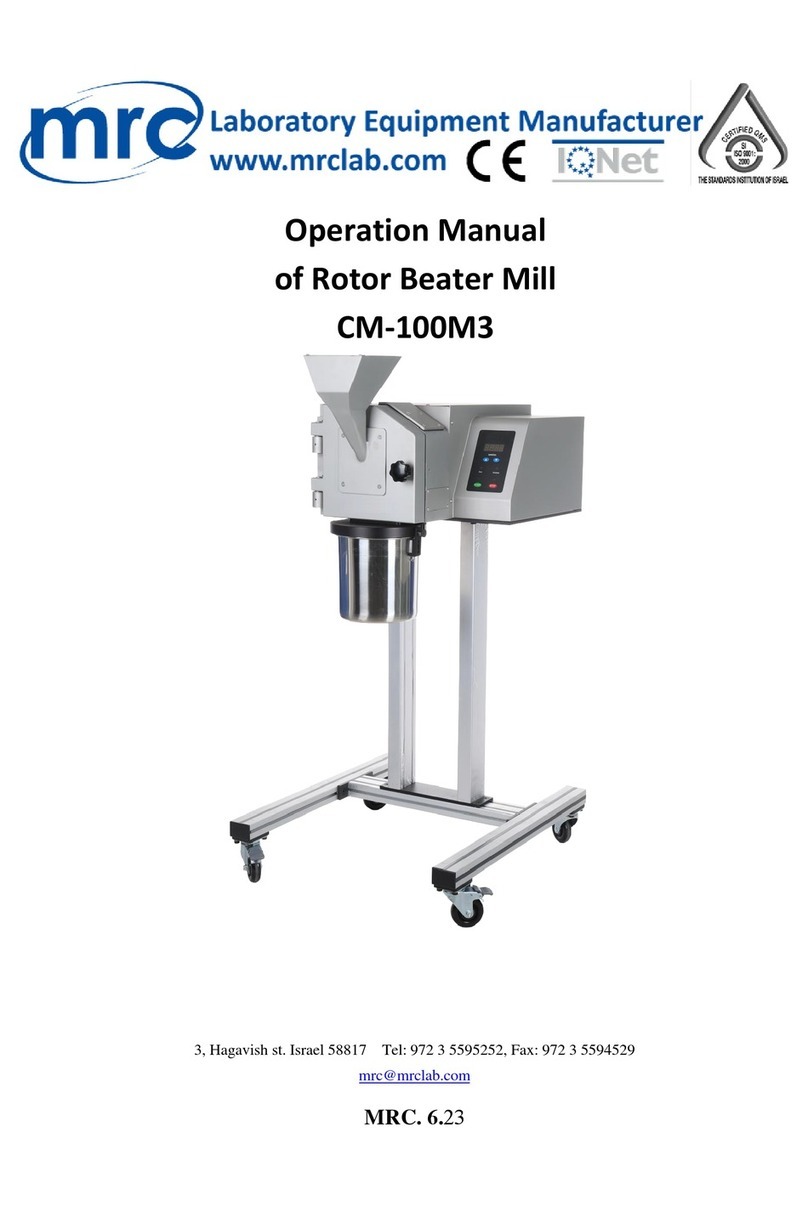
Table of Contents
1 Principles, Applications and Features....................1
1.1 Principles.........................................................1
1.2 Applications.....................................................1
1.3 Features...........................................................2
2 Technical Indicators and Specifications .................3
2.1 Technical Specifications...................................3
2.2 Specifications ..................................................4
2.3 Optional Accessories.......................................5
3 Installation Instructions.........................................6
3.1 Installation Conditions ....................................6
3.2 Unpacking Check.............................................7
3.3 Preparation and Treatment of Gas Source......8
3.4 External Gas Flow Connection ........................9
3.5 Installation of Packed Column.......................12
3.6 Installation of Liner and Spacer of Split
Sampler ..................................................................19
3.7 Installation of Capillary Column System........21
4 Appearance and Structure of the System ...........25
4.1 Appearance of the Instrument......................25
4.2 Layout............................................................26
4.3 Structural System ..........................................28
5 Operations...........................................................31
5.1 Self-test .........................................................31
5.2 Keypad Operations........................................32
6 Basic Operations..................................................33
6.1 Monitor Interface..........................................33






